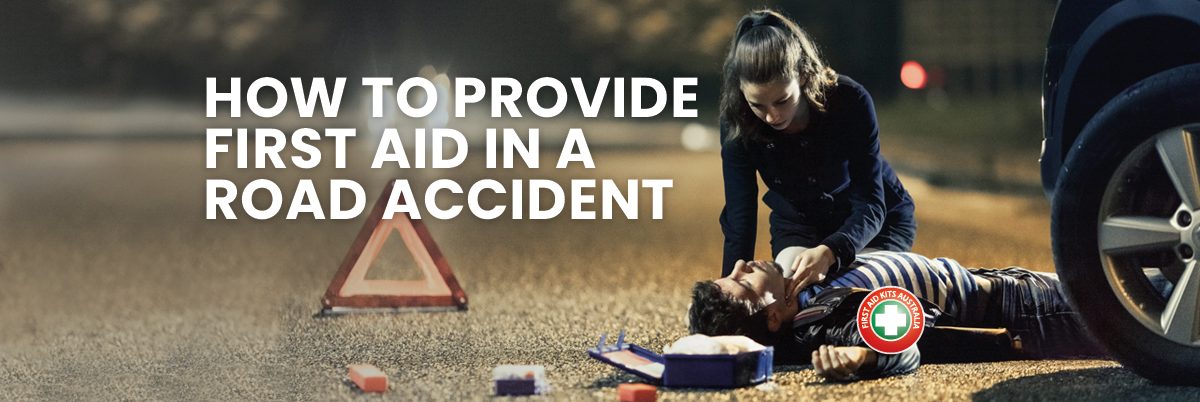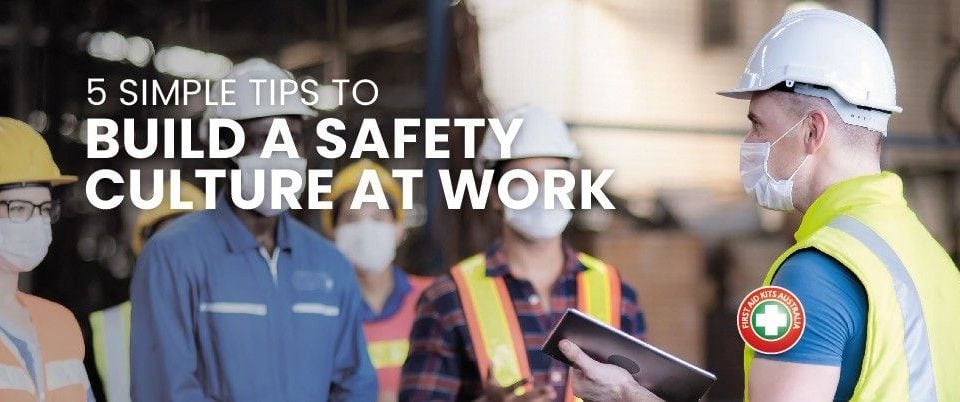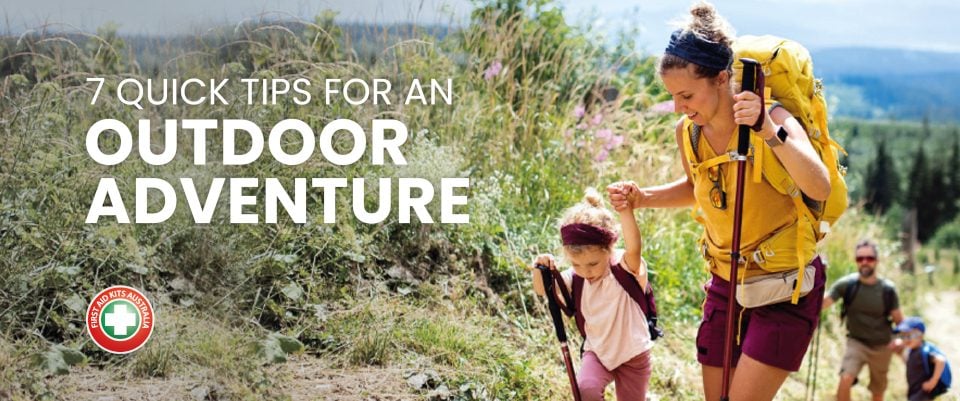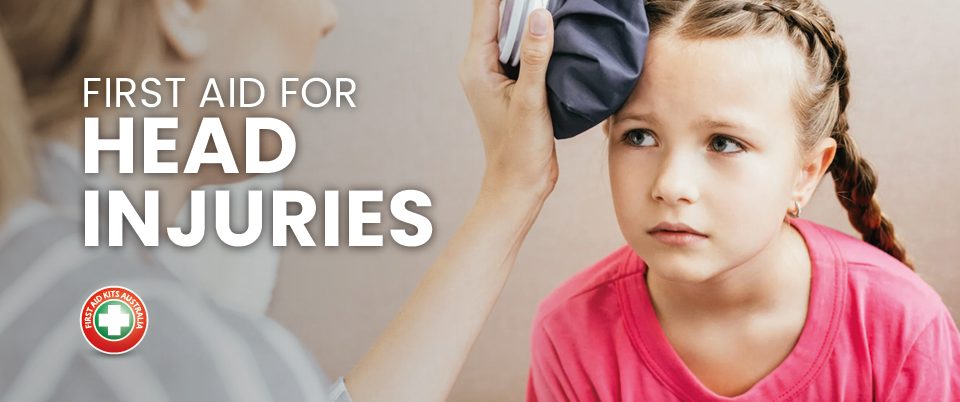
5 Simple Tips to Build a Safety Culture at Work
14 April 20241200 lives are lost in Australian roads accidents each year!
The National Road Safety Week, from the 15 to the 22nd of May aims to raise awareness of road dangers and prevent accidents leading to injury and death.
The first couple of minutes after a car accident can be critical for determining the long-term outcomes of those involved. Therefore, having the knowledge and the confidence to provide first aid to road accident victims is crucial.
Do you know what to do in the event of a traffic accident? Do you know how to provide road accident first aid? Would you be able to help a victim of a vehicle trauma?. If you have ever been involved in or witnessed a road accident, you know that it is very traumatic and confusing. But knowing what to do means being better prepared to assist someone and even save a life.
Below outlines the steps you need to take to help road crash casualties:
Assess and secure the accident scene
The first thing you need to do is evaluate the crash site so you can safely provide assistance in an effective way.
Ensure all traffic has stopped in both directions so the scene is safe for you and others to help.
Secure the area by using a warning triangle and / or putting on hazard lights. Turn off car ignition and see if there is fuel spillage or potential fire risk.
Ask help from bystanders to direct the traffic away from the crash scene.
Call 000
Calling emergency services asap will ensure medical assistance will arrive sooner at the scene. You can call or delegate this task to another person so you can provide assistance to the victims.
Once your call is answered make sure to provide the following information:
- phone number where you can be contacted
- description of the road crash (number of vehicles involved, number of casualties, problems etc)
- location, being as precise as possible
If you are unsure of your location, go to google maps on your phone, hold down on screen more a couple of seconds. This will bring up your location so you can tell the call-taker your latitude and longitude coordinates.
Be sure to stay on the line with the operator for as long as possible. This is true even if you have to momentarily put down the phone to secure the scene or help the victim. If needed, you can ask the person for assistance with administering first aid.
Primary Assessment
In an accident where there are many victims, it may be difficult to assess who you should help first.
Start by prioritising the casualties. Firstly, provide first aid to those in a life-threatening situation. Typically this will be patients who are not responsive or have a problem with their airways and breathing. These patients will need first aid provided immediately.
Patients that are quiet may be the most serious because it may mean they are unable to breathe. People crying, screaming or making noise have to be breathing, so firstly focus on those that are quiet.
Address Life-threatening Emergencies
One of the most common causes of death for road crash casualties is a lack of oxygen caused by a blocked airway. On average, it takes less than four minutes for a blocked airway to be fatal.
Follow these steps to ensure the person has not a life-treating condition:
Responsiveness
Check to see if a victim is conscious or not by lightly touching the person and asking questions. The C.O.W.S. acronym is useful to remember easy questions and commands you can use:
- Can you hear me?
- Open your eyes
- What is your name?
- Squeeze my hand?
If the person doesn’t respond then they are unconscious.
If there is no pulse and the victim is unresponsive and not breathing, perform CPR immediately.
If the person is unconscious but breathing follow ABCD:
(*Read Moving a Casualty below!) Lay the casualty down on his/her back, if they are not already in this position.
Airway: open the airway by placing one hand on his/her forehead and gently tilting his/her head back. As you do this, the mouth will fall open so that you can look for any obvious obstruction to the airway (if there is something to be removed, do so). Place the fingers of your other hand under the point of the casualty’s chin and lift the chin.
Breathing: With the airway open, you can check if the casualty is breathing. Do this by putting your head down close to his/her mouth and nose for 10 seconds: look for chest movement, listen for sounds of breathing, feel for the flow of air exhaled through the nose and mouth, Do this for no more than ten seconds.
CPR: if the victim is not breathing, start CPR. Place one hand on top of the other in the centre of the chest.
Press down firmly to about a third of the depth of their chest — about 5cm, or 4cm in the case of an infant.
Following 30 chest compressions, give 2 rescue breaths (optional). To administer, tilt the person’s head back and lift their chin, pinch their nose and place your mouth over theirs.
Defibrillator: apply an Automatic External Defibrillator if the person does not respond to CPR.
Ensure no water or flammable liquids are present on below or around the victim.
Assess clothing for wires, chains or metal buttons that may conduct electricity and cause burns.
Severe bleeding
An injured person must be checked for bleeding. Bleeding may be concealed by the casualty’s position or an item of clothing (jacket, coat). In such cases, the item of clothing must be removed or cut off.
Try to find a First Aid Kit if possible and search for bandages and gauzes that can help to contain the bleeding. If a first aid kit is not available, use a clean, non-fluffy piece of fabric, and apply continuous pressure to the open wound.
Maintain the pressure on the wound until the emergency service arrives.
If arterial bleeding is present (bright red bubbly blood or squirting blood) apply tourniquet or belt as tight as possible above the injury.
Reassure the casualty and keep them warm.
Moving a casualty
Be careful how and when you move the victim as spinal injuries are common in road crashes.
Do not move the victim unless the situation is life-threatening (for example, possible explosion or fire), as you may cause further damage. If unsure, always assume spinal injury.
If a casualty has been hit by a car and they are lying on their back unconscious and breathing – they should be carefully rolled into the recovery position to keep their spine in line. This should ideally include the support of others to avoid twisting the spine.
If a casualty has been hit by a vehicle or thrown from one and they are conscious in the road, they should try to keep still. Support their head and neck, keep them warm and dry and wait for the emergency services.
Only remove a motorcyclist’s helmet if they are unconscious and there is no other way to assess their breathing or their airway is in danger. There is usually a way of lifting the visor. Loosen their chin strap.
If there is any obvious break to hips or femur (upper leg bone), while limiting movement as much as possible splint the leg or bind the hips as bone fragments can risk rupturing the femoral artery resulting in internal bleeding which could result in death within 3-5 minutes.
In a road accident, time to assist victims is essential. Consider learning first aid so you can have the knowledge and the expertise to be ready to help and be better prepared to save a life.
Keep a First Aid Kit in each of your vehicles.
We hope this gives you the necessary information so you can provide assistance at a road accident if the situation arises.





